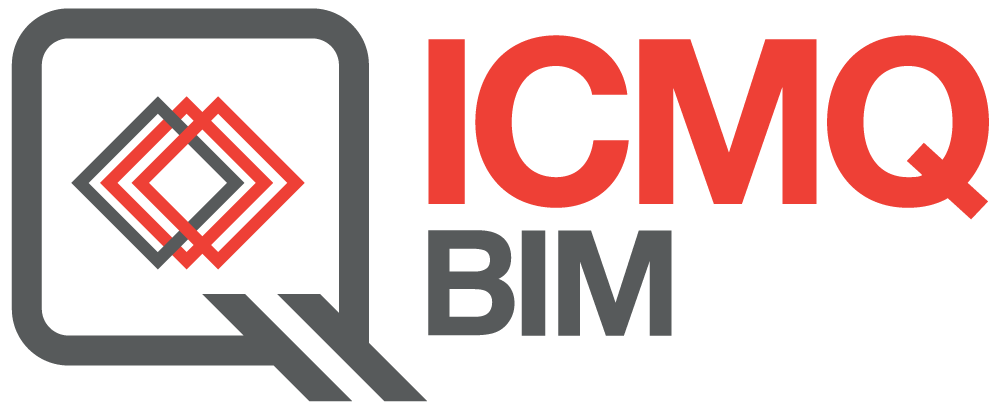
PRACTICE PROJECT WORK IN PROGRESS
Know how
Architecture is real, concrete, technical, complex, useful. It stems from the interaction between environmental and human needs, as well as economic and cultural factors, which manifest themselves thanks to the designer’s personal experience.
Architecture is relationship with time. It doesn’t have to last forever, as anything may be transformed, in line with the constant redefinition of places.
Architecture is conceived, designed and planned, but only if we participate in all the stages of the construction process can we find the necessary balance between knowledge and experience.

Collaboration
Collaborating during the entire design process enables us to gain an organic view of the ongoing project, as well as to plan and react accordingly. Collaborative management allows us to achieve our goals faster and more effectively.
Participating in each and every phase of the construction process means having great knowledge of the task at hand. The construction site, whether physical or digital, is more than just the place where a building is built: it is a reference point for all those working on the project.
Starching architecture is the result of teams working together in synergy to turn the building into an object that is well known to everyone.
Innovation
We know the tools needed to turn design into reality: they are sophisticated instruments and a means to adjust to today’s fast-changing world. It requires great attention, so as to identify current needs at any given time, as well as quick thinking, to come up with real-time responses.
The technology we use gives us an unlimited means of creation; but technology alone is not enough: it needs to be guided by critical and creative thinking, by context analysis and experience.
Sustainability
A sustainable project is a smart and rational project requiring a 360-degree, long-term view of the works, which is made possible through the integration of architecture and engineering.
The environment has always represented an opportunity to experiment with new ideas and contribute to progress. A building must be designed to be easy to manage, energy-efficient, and cost-effective in terms of maintenance.
BIM
In 2008, Starching adopted the BIM methodology in all its activities, turning this into a key strength and competitive advantage.
In 2017 it was the first company in the field of Architectural and Specialized Planning Coordination to obtain ICMQ certification for its BIM system.

SERVICE WORK IN PROGRESS PROJECT
"Innovation has always been a basic need in our society, essential for the improvement of the quality of our jobs and creations. Constant research and experimentation have become part of our lifestyle"
– M. Cerea
Starching is an architecture and engineering firm specialized in integrated architectural planning with over ten years’ experience in consultancy, coordination and supervision services.
Every project has its own distinctive features, deriving from the specific conditions it stems from; that’s why each and every work is unique for us. However, there are some common features:

Coordinated
Every project is managed through an interface that favours relational exchange and interaction.
Integrated
Through 360-degree support, we can understand how future choices shape future outcomes during all the planning phases.
Streamlined
The model is at the core of project management for us; it becomes an operational control tool that turns the building into an object that is well known and familiar to everyone.
Responsible
It’s simple: we take responsibility for our results.
Every choice we make affects our next; that’s why forecasting is one of the cornerstones of our business, crucial to assessing all of the work’s possible outcomes and high-risk issues. Planning and analysis is key to making quick decisions in the execution phase, to optimizing our time and managing resources efficiently. The outcome will be the most efficient, sustainable and high-performance one.
In order for a project to be considered a success, one of our goals at Starching is ensuring that estimated costs match actual costs.
Planning and analysis determines outcome quality.
– M. Angeletti